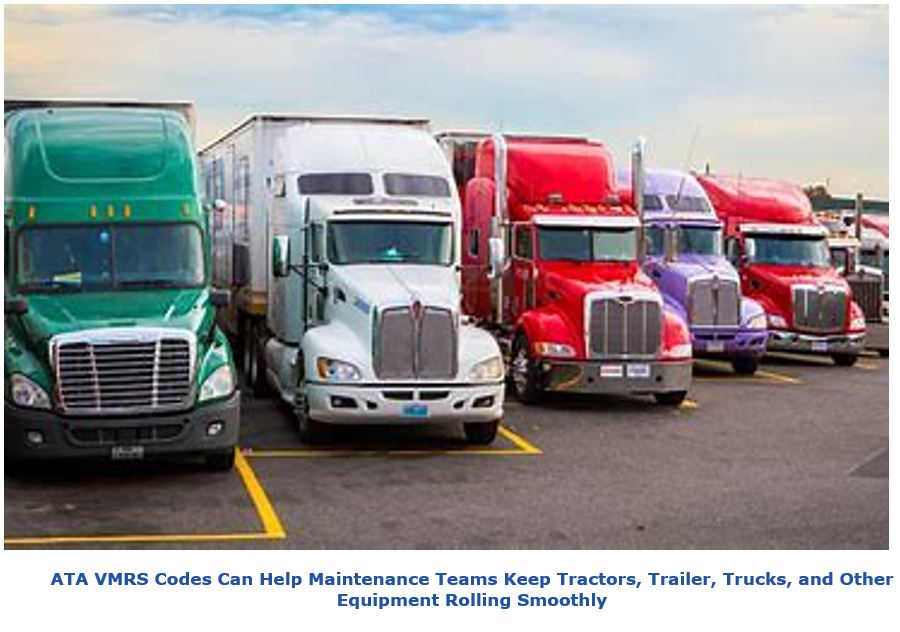

While many of today’s asset-intensive organizations are using all (or most) of the features of their enterprise asset management (EAM) systems, others are using specific elements of their systems for more basic planning, scheduling, and documenting work, or are using select subsets of available features because of limitations within their industries. For others, the use of EAM maintenance standards tailored to their specific needs offer opportunities to include best- and better- practices in their maintenance and repair processes. These standards and guidelines can run the gamut from horizontal functionality to insight into vertical, industry-specific capabilities. Examples of three maintenance standards and guidelines can be found below.
The ISO 55000 series of standards is widely applicable and can help a wide variety of organizations deliver added value to maintenance and operations teams. These standards can apply to private and public sector businesses, product manufacturing, utilities, service providers, regulated and unregulated environments, and other functions.
The ISO 55000 series of standards were developed by the International Organization for Standardization (ISO) Technical Committee (TC) 251, Asset Management. ASTM International is the ANSI-accredited U.S. Technical Advisory Group (TAG) administrator to TC 251.
The guide explains the role of the three standards within the ISO 55000 family and provides simple practical advice and examples of asset management within different environments. It identifies the potential benefits of adoption of the following standards:
The American Trucking Associations Vehicle Maintenance Reporting Standards (ATA VMRS) were developed primarily with rolling stock in mind, and much detail is available on trucks, tractors, trailers, and other vehicles, as well as associated equipment, assemblies, and subassemblies.

The primary VMRS categories include information, such as:
With many transit agencies interested in the Federal Transit Administration (FTA) State of Good Repair initiative, the American Public Transportation Association (APTA) offers a recommended practice for transit operators. While not meant to be a step-by-step guide to meeting the criteria, it is meant to be a way to document the experience of agencies that have found measures that work in a real-world setting
The document provides guidance on communicating an agency’s transit asset management plan to achieve a state of good repair (SGR) transit asset management (TAM) plan. This recommended practice identifies a method a transit organization could use to simplify its TAM plan communication efforts, including examples that support best practice and federal requirements. The guide offers insight into currently available materials, as well as to provide some examples of real-world experience in implementing previous initiatives.

